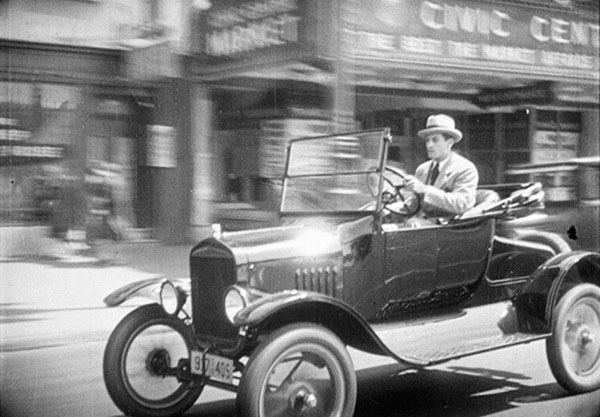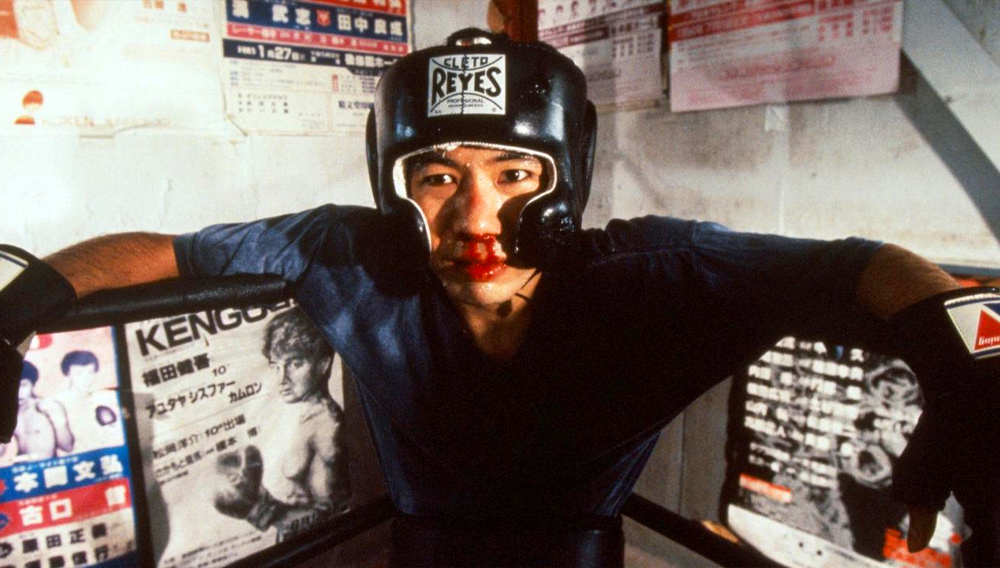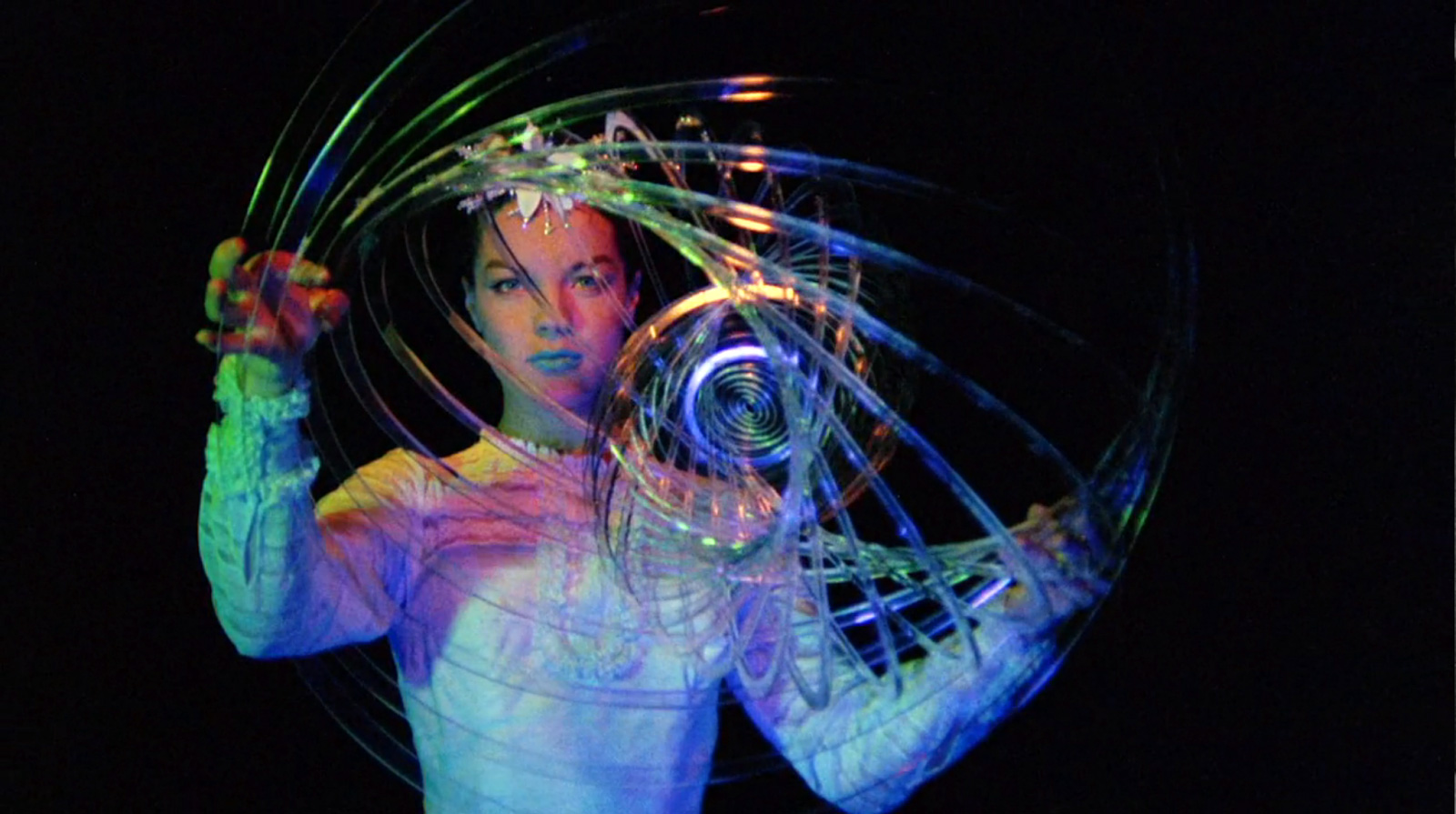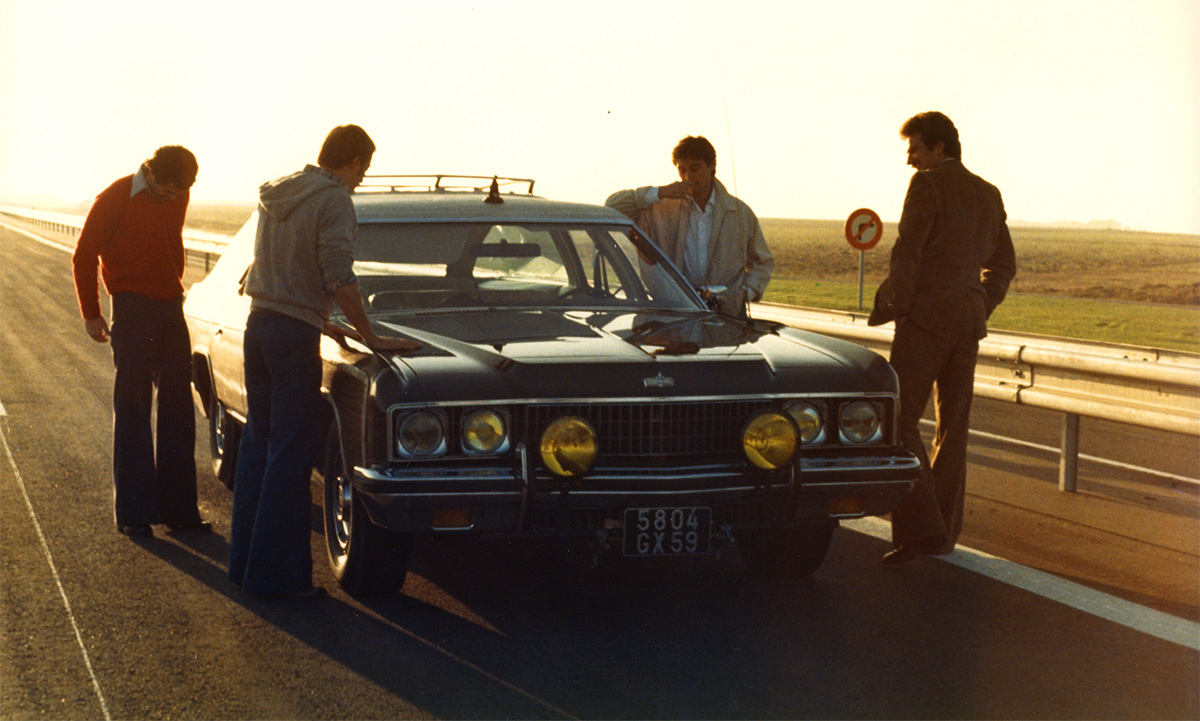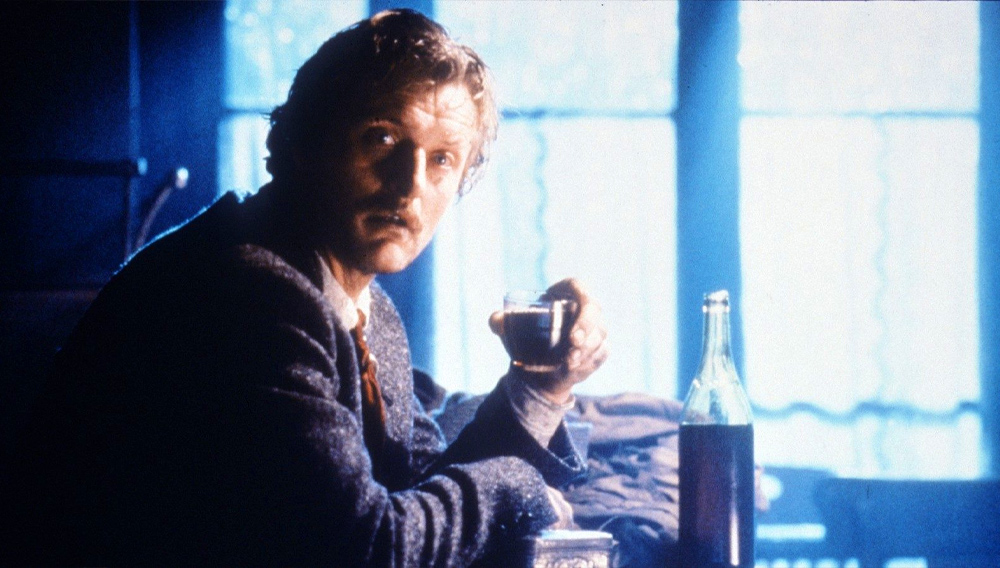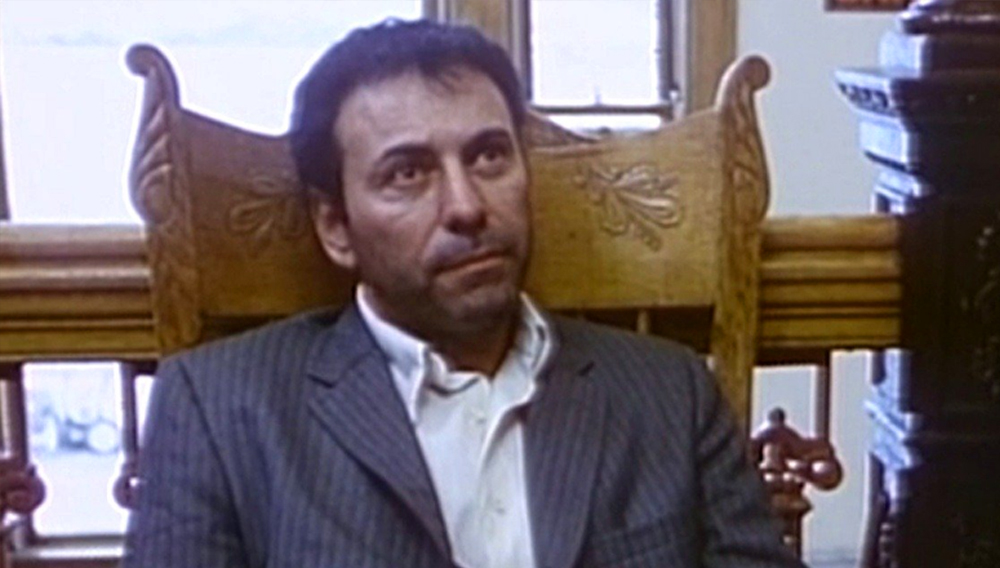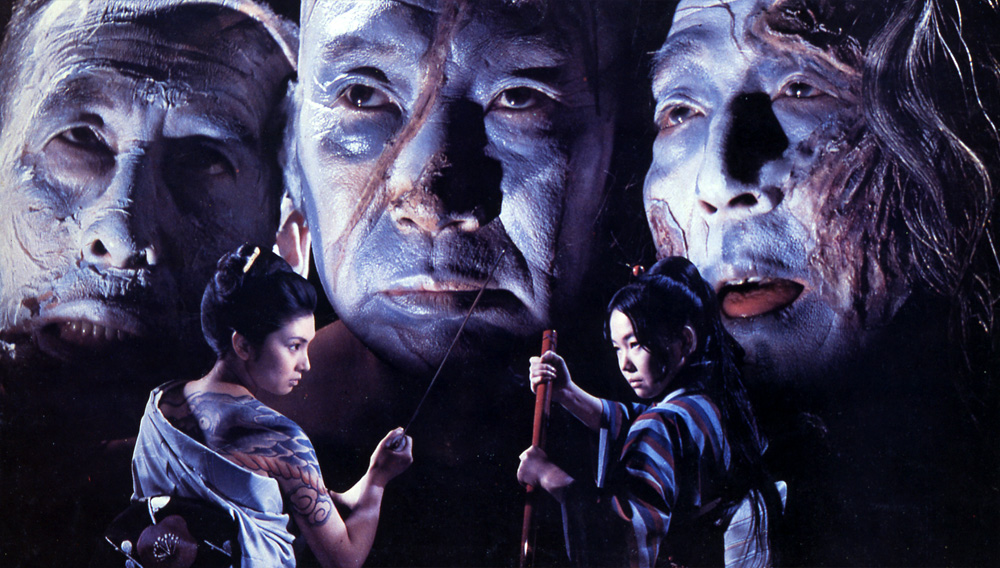“The San Francisco Silent Film Festival (SFSFF) celebrates its 18th edition this year with a line-up more international in scope than ever before,” begins Michael Hawley at the top of his robust, program-by-program survey of this year’s lineup for “the largest and most prestigious silent fest outside of Pordenone, Italy”: “Ten of its 14 feature films originate from outside Hollywood, with movies postmarked Russia, Japan, Sweden, Germany, France, Denmark, Bali and the UK.”
SFSFF 2013 opens with Augusto Genina’s Prix de Beauté (1930), primarily known in the States as Miss Europe. The Alt Film Guide‘s Andre Soares notes that the film was released “in both sound and silent versions, a widely common practice in those days as many theaters had yet to get wired for sound. Needless to say, the San Francisco Silent Film Festival’s Prix de Beauté print is the silent version, recently restored by the Cineteca di Bologna. Prix de Beauté, which marked the last time Louise Brooks starred in a feature film, tells the story of a typist who enters a beauty contest—much to her boyfriend’s chagrin—and finds herself on her way to becoming Miss Europe and the object of desire of multitudes of men. The Prix de Beauté story and screenplay were concocted by G.W. Pabst, for whom Brooks had starred in Pandora’s Box and Diary of a Lost Girl, and René Clair.”
“More movie-star charisma comes courtesy of the oft-misunderstood Marion Davies, who gets a chance to display her considerable comedic talents in King Vidor‘s 1928 The Patsy,” writes the Bay Guardian‘s Cheryl Eddy. The “enduring popularity” of the film “is surely due to Davies’ performance, which famously includes her dead-on impressions of fellow silent stars Mae Murray, Lillian Gish, and Pola Negri…. The Library of Congress supplies The Patsy on 35mm, with live accompaniment by the five-piece Mont Alto Motion Picture Orchestra.”
“To celebrate the centenary of Little Nemo, the boy dreamer whose fantastic adventures in Slumberland are chronicled in Winsor McCay‘s dazzling early-20th-century comic strip series, John Canemaker delivered a special presentation at Berkeley’s Pacific Film Archives in August 2006 based on his critically acclaimed biography Winsor McCay: His Life and Art.” And Michael Guillén‘s got a transcription of Canemaker’s introduction to the PFA event, as SFSFF has invited him to speak on McCay this year.
From Justin DeFreitas‘s overview for the Berkeley Daily Planet: “Friday’s screenings include Tokyo Chorus (Japan, 1931), a beloved early film by the great Japanese director Yasujiro Ozu, who demonstrates here the deft handling of both drama and comedy that would characterize his work for decades afterward. It concerns some of the filmmaker’s enduring themes: the dreams and realities of everyday middle-class life, and the pleasures and pains of family dynamics. Music by Günter Buchwald.”
Janos Gereben‘s top recommendation in the San Francisco Classical Voice: “Emory Johnson’s The Last Edition, with dramatic action in The San Francisco Chronicle press room, and thrilling chases through the city’s streets, brings 1920s San Francisco to life…. And, a bizarre punchline, to show this film about San Francisco in the city of its subject, intertitles had to be translated from Dutch.”
Update, 7/19: “Is there another name, another face, that more succinctly stands for the silent film era to modern audiences than hers does?” asks Brian Darr. His question pertains, of course, to Louise Brooks. “Known to but not particularly appreciated by the masses when she was making films, Brooks became the focus of a growing cult starting in the 1950s, an era when looking for treasures in film history began to become an activity more widespread than just at cineclubs and film societies. Robert Farmer has compellingly argued that Brooks in particular began speaking to mid-century audiences because she epitomized a kind of Modernism that it took World War II to create a hunger for, and French critic André Bazin to describe. This doesn’t quite explain, however, why interest in Brooks would snowball after decade upon decade.” Brian’s got a theory—and an excellent introduction to Tokyo Chorus as well.
Update, 7/21: Another note from Brian Darr: “As historian David Kiehn writes in his exclusive essay on Johnson in the San Francisco Silent Film Festival program book (available at no cost to every attendee of the festival this weekend), ‘Most newspaper-themed films before and since The Last Edition have concentrated on crusading or investigative reporters pursuing the big story, but few have shown the physical process of getting out a newspaper in such detail. The film was especially popular with news reporters who knew fact from fiction.'”
Update, 8/1: Sean Axmaker wraps it up here in Keyframe.
For news and tips throughout the day every day, follow @KeyframeDaily on Twitter and/or the RSS feed. Get Keyframe Daily in your inbox by signing in at fandor.com/daily.


